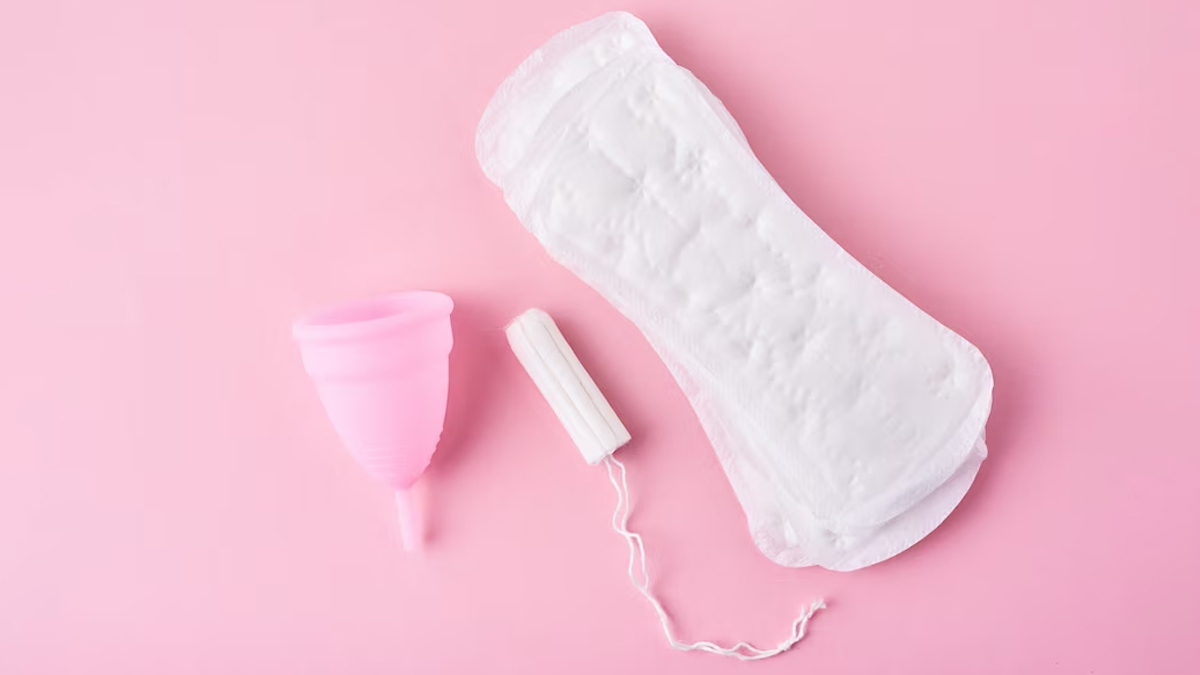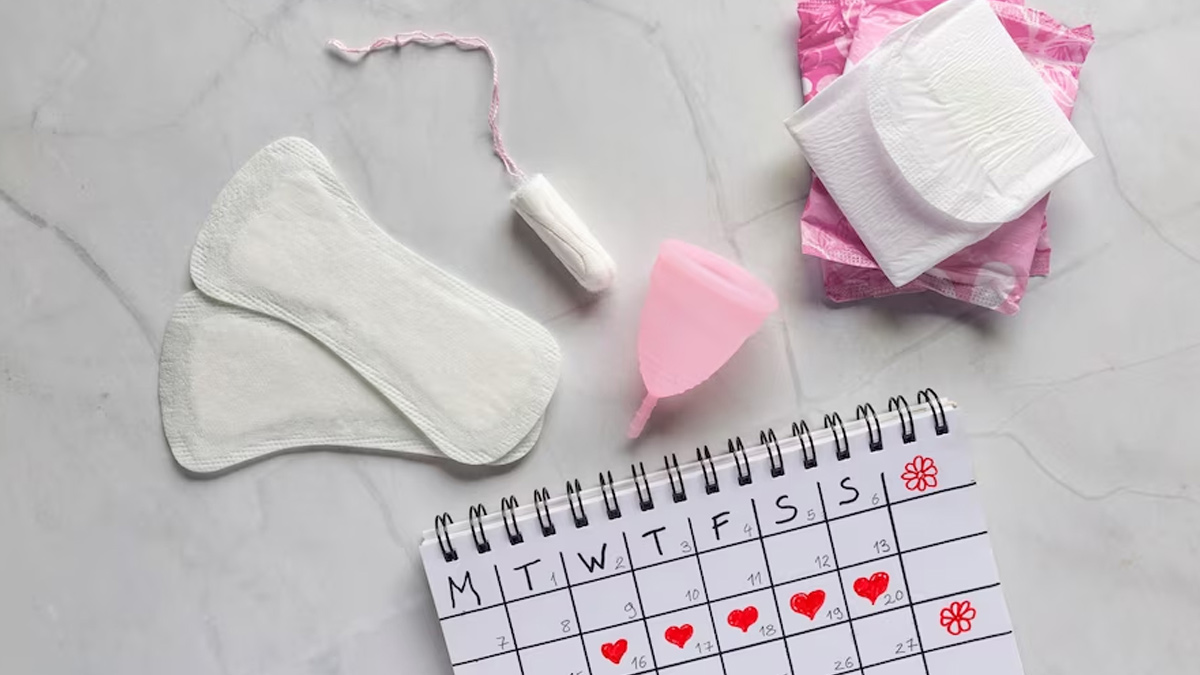Poor menstrual hygiene is associated with a higher prevalence of menstrual pain, abnormal discharge, and other perceived reproductive problems, suggests a study published in the Journal of Family Medicine and Primary Care.
Maintaining your menstrual hygiene is of utmost importance. This includes washing your hands before and after using menstrual products, keeping your intimate areas clean, and, most importantly, changing menstrual products frequently. But if you're someone who is always wondering how often you should change your pads, tampons, and menstrual cups, here's a detailed guide.
Also Read: How Menstrual Symptoms Change In Your 20s, 30s, And 40s
How Often Should You Change Your Pad?

A sanitary pad, also known as a menstrual pad or simply a pad, is a disposable hygiene product worn by women during menstruation. It's designed to absorb and contain menstrual blood and should be changed frequently, regardless of heavy or light period flow.
Speaking with the OnlyMyHealth team, Dr Ranjana Becon, Senior Consultant, Obstetrics and Gynaecology, Manipal Hospital, Ghaziabad, recommends changing pads every 4-6 hours.
The US Centers for Disease Control and Prevention (CDC) advise changing them every few hours, no matter how light the flow. "Change them more frequently if your period is heavy," the health body adds.
Tampons To Be Changed Every Four To Six Hours
Unlike pads that are for external usage, tampons are disposable menstrual products inserted into the vagina to absorb menstrual blood internally. This makes it even more crucial to change it frequently.
As per Dr Becon, tampons too should be changed every four to six hours.
The Office on Women's Health warns against using a tampon for more than 8 hours because of the risk of Toxic Shock Syndrome (TSS), a rare, life-threatening complication of certain types of bacterial infections.
What About Menstrual Cups?

Menstrual cups are one of the most environment-friendly menstrual products that need only be emptied, rinsed, and reused. They can last for several years and can be replaced every 1-2 years, as per your liking.
Menstrual cups can be changed after 6–8 hours or can be used for up to 12 hours, depending on the flow.
There are minimal risks to using menstrual cups as long as you use them as directed.
Understanding The Risk Of Toxic Shock Syndrome
TSS is a rare but serious bacterial infection that can affect anyone but is most commonly associated with tampon use. It occurs when certain strains of bacteria that produce toxins enter the bloodstream, affecting organs such as your heart, liver, or kidneys.
Dr Becon says, “Prolonged use of sanitary pads, tampons, or menstrual cups may increase the risk of irritation, infection, or toxic shock syndrome, which can happen in cases of prolonged insertion of tampons. Although it is rare, it can happen. So regular changes and proper hygiene are crucial for this.”
Symptoms of TSS can develop suddenly and include high fever, rash, low blood pressure, vomiting, diarrhoea, and confusion. Remember that prompt medical attention is crucial for TSS, as early diagnosis and treatment are the only ways to prevent potentially fatal consequences.
Also Read: Menstrual Health: Expert Decodes 5 Menstrual Disorders
How To Maintain Menstrual Hygiene?

To maintain menstrual hygiene, Dr Becon recommends:
- Practising good hygiene
- Washing hands before and after changing menstrual products
- Choosing the right absorbency for sanitary products
- Following product instructions and consulting a healthcare professional if you experience unusual symptoms
Conclusion
Menstrual hygiene is key, especially when it comes to taking care of your reproductive health. Changing your pads, tampons, and menstrual cups frequently helps ensure that, along with maintaining hand and intimate hygiene. For tampon users, changing the product every 4–8 hours can significantly reduce their risk of TSS. Moreover, using the proper tampon absorbency is another way to prevent the life-threatening condition.